Kartchner Caverns Arizona
Located in southern Arizona’s Whetstone Mountains, Kartchner Caverns is a hidden gem that offers one of the most remarkable cave experiences in the United States. The cave was discovered in 1974 by two cavers, Gary Tenen and Randy Tufts. The two cavers were exploring the area when they came across a narrow crack in the ground. They were surprised to find that the crack led to a massive room filled with stunning formations. The cave was later named after the landowners who sold the property to the state of Arizona in 1988.
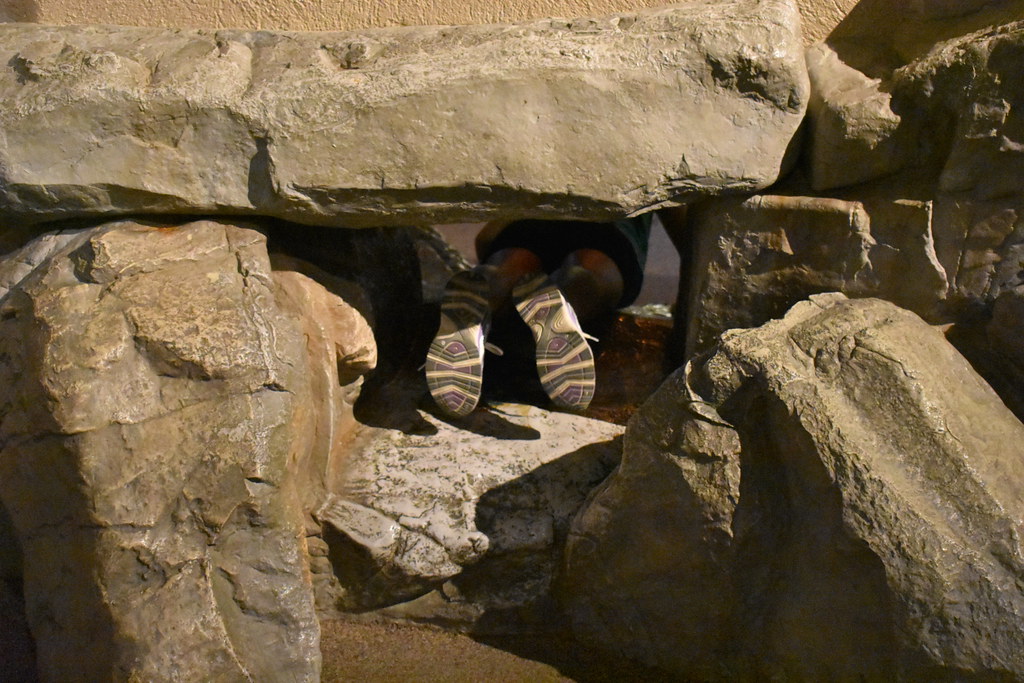
Kartchner Caverns is a living cave, meaning that it is still growing and developing. The formations inside the cave are still being created by mineral-rich water that seeps through the limestone rock. The cave is home to some of the world’s largest and most impressive stalactites and stalagmites. The caves also contain other unique formations such as helictites, soda straws, and cave bacon.
In this post, we will explore the history and beauty of Kartchner Caverns and share with you everything you need to know to plan your own visit to this spectacular natural wonder.
Discovery of Kartchner Caverns
Kartchner Caverns within the Arizona Kartchner Caverns State Park was discovered in 1974 by two local explorers, Gary Tenen and Randy Tufts, who stumbled upon a narrow crack in the ground. The 13,000-foot limestone cave full of interesting passages has only been opened to the public since 1999. The caverns include two gargantuan underground rooms that each take up as much space as a football field. Guided tours, given by park rangers, begin every thirty minutes.
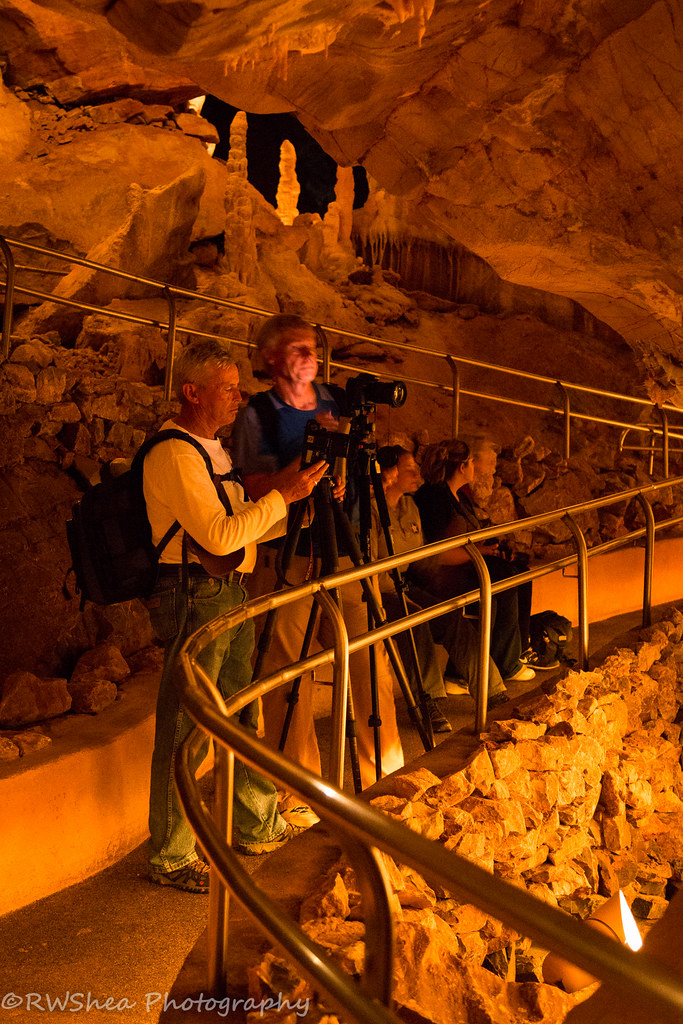
Kartchner Caverns is a stunning limestone cavern system in Southeastern Arizona discovered in 1974 by two amateur cavers from Tucson. It is host to world-class cave formations considered to be the best of their kind in the world.

The contrast between the cave’s natural 99%+ relative humidity and the dry desert climate above makes this cave particularly vulnerable. Unmonitored air exchange could quickly destroy the cave’s delicate ecosystem, halt speleothem growth and diminish the cave’s natural beauty.
Due to the cavern’s location in the middle of a transition zone between the Sonoran Desert and the Chihuahuan Desert, there is a great difference between the annual evaporation rate on the surface (65 inches) and the evaporation inside the cave that averages a scant .08 inches per year. The rate of evaporation on the outside is 800 times greater than the rate inside the cave.
Admission of outside air into the cave would deplete the entire annual supply of moisture to the cave almost immediately. Therefore, reducing the potential for increased air exchange was paramount in the development of Kartchner Caverns to maintain the moist microclimate of the cave. Therefore, reducing the potential for increased air exchange was paramount in the development of Kartchner Caverns to maintain the moist microclimate of the cave and keep it alive.
Features of Kartchner Caverns
Kartchner Caverns is a magnificent and awe-inspiring natural wonder located in southern Arizona. This hidden gem is home to stunning features that have taken millions of years to form. One of the most impressive features is the Kubla Khan, a massive column that stands an incredible 58 feet tall. Another feature that will leave you breathless is the Throne Room, with its massive stalactites and stalagmites that seem to create a cathedral-like atmosphere.
 In addition to these features are the many dazzling cave formations that Kartchner Caverns is known for. The cave is home to a variety of formations including helictites, which are thin, spiraling formations that seem to defy gravity. The cave also boasts some of the world’s longest soda straw stalactites, which are narrow, hollow tubes that can reach up to 21 feet in length.
In addition to these features are the many dazzling cave formations that Kartchner Caverns is known for. The cave is home to a variety of formations including helictites, which are thin, spiraling formations that seem to defy gravity. The cave also boasts some of the world’s longest soda straw stalactites, which are narrow, hollow tubes that can reach up to 21 feet in length.
Visitors to Kartchner Caverns can also enjoy the unique experience of seeing cave formations that are still actively growing. A perfect example of this is the cave’s “Thatch” formation, which is covered in a soft, hair-like material that continues to grow and change over time.
Rotunda/Throne Room Tour
The Rotunda/Throne Room, an entire half-mile long, includes an educational but fascinating description of the part that water played in the formation of the Kartchner Caverns. Intricate rock formations coupled with color variations, make this cavern one of the top ten, located in this room are some of the tiniest that you will see, while the column is the largest in Arizona.
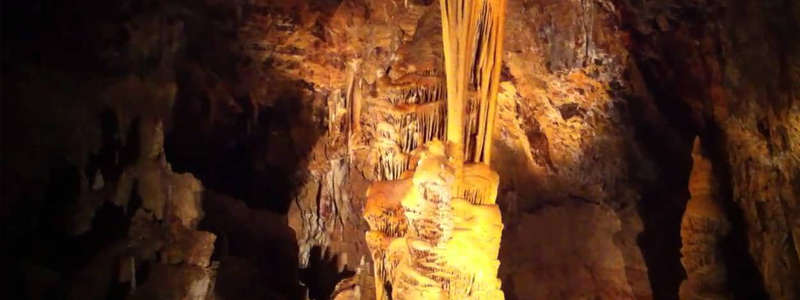
The tour begins at the Discovery Center, where visitors will be given an overview of the caverns’ history and the discovery of the cave system. The guide will then lead the group through a short walk to the cave entrance. Once inside the cave, visitors will be amazed by the massive size of the Rotunda, which is the largest room in the cave system.
The Rotunda is a breathtaking sight, with massive stalactites and stalagmites, and other unique cave formations. The guide will point out specific features and provide information about the cave’s geology, history, and ecology.
Big Room Tour
Although the Big Room Tour is only available from mid-October to mid-April, the reason behind it is fascinating. Every summer, the Big Room becomes a nursery to over one thousand baby bats whose mothers provide the only connection between this underground ecosystem and the outside world.
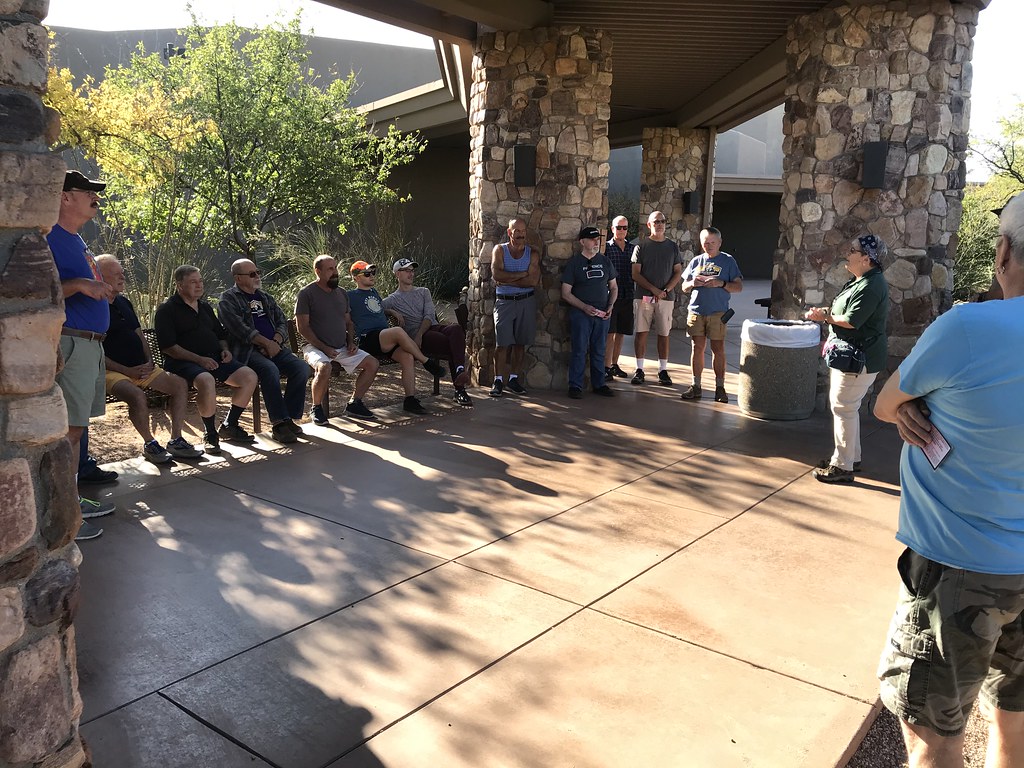
The Big Room tour is the main attraction at Kartchner Caverns, and it’s not hard to see why. This tour takes visitors on a one-and-a-half-hour journey through one of the most spectacular underground caverns in the world. The Big Room is a massive chamber that is over 90,000 square feet in size, making it one of the largest cave rooms in the United States.
Hummingbird Garden
The Hummingbird Garden is filled with a delightful array of many of the hummingbird’s favorites in native vegetation. The pathway is lined with brilliant colors and the fluttering of wings, providing a pleasant and relaxing journey for those seeking a less adventurous walk than the hiking trails.
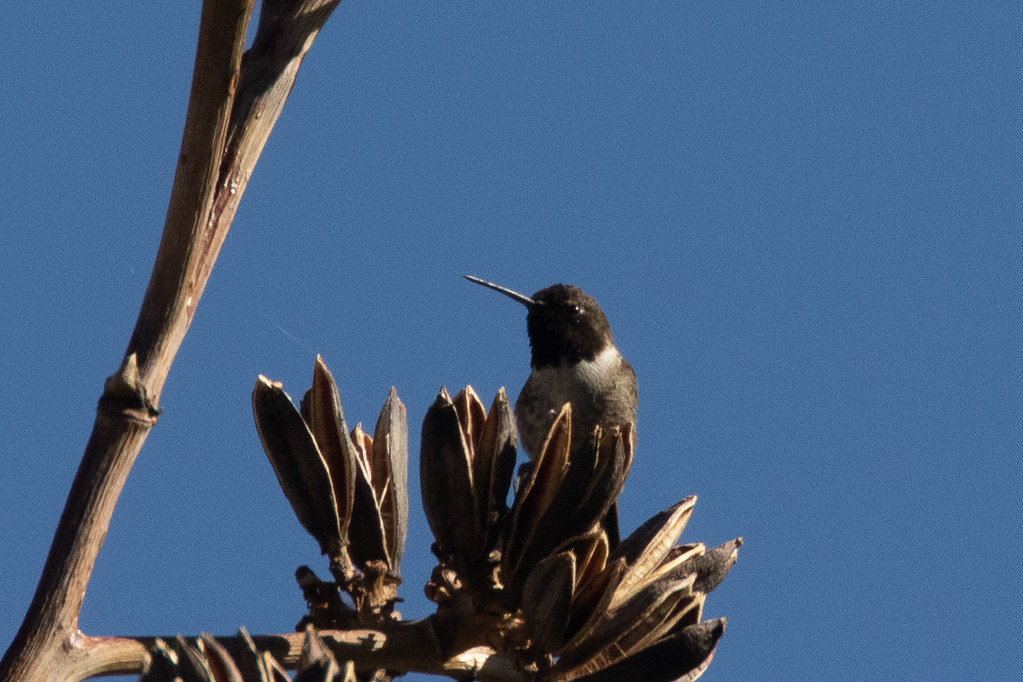
Discovery Center
The Kartchner Caverns State Park is home to an outstanding Discovery Center and an amphitheater. The Center with its interactive displays is well-equipped to answer your questions concerning not only the caverns but also, native vegetation and wildlife. A multi-screen video presents exciting facts about the history of the caves, as well as the efforts to preserve them.
Hiking Whetstone Mountains
Several hiking and walking trails in the Park add a bit of outdoor adventure for those who like to see the light of day. The Guindani Trail provides hiking in the Whetstone Mountains above the cave on a shared non-motorized path. Accessible through the Kartchner Caverns State Park campgrounds, this trail provides a unique look at a variety of interesting geological formations, as well as native vegetation.
Although classified as a moderate to difficult hike, The Foothills Loop Trail is well worth the trip through native vegetation including Indigo Bush and Desert Bird of Paradise. An educational jaunt along its pathway leads visitors to a short and scenic trail that ends at the panoramic beauty offered by the Mountain View Lookout.
Camping
Onsite gift shops are a terrific way to pick up a few souvenirs from your trip. Plus, if you prefer to spend more than just a single day, over sixty campsites with full hookups are available for your comfort.
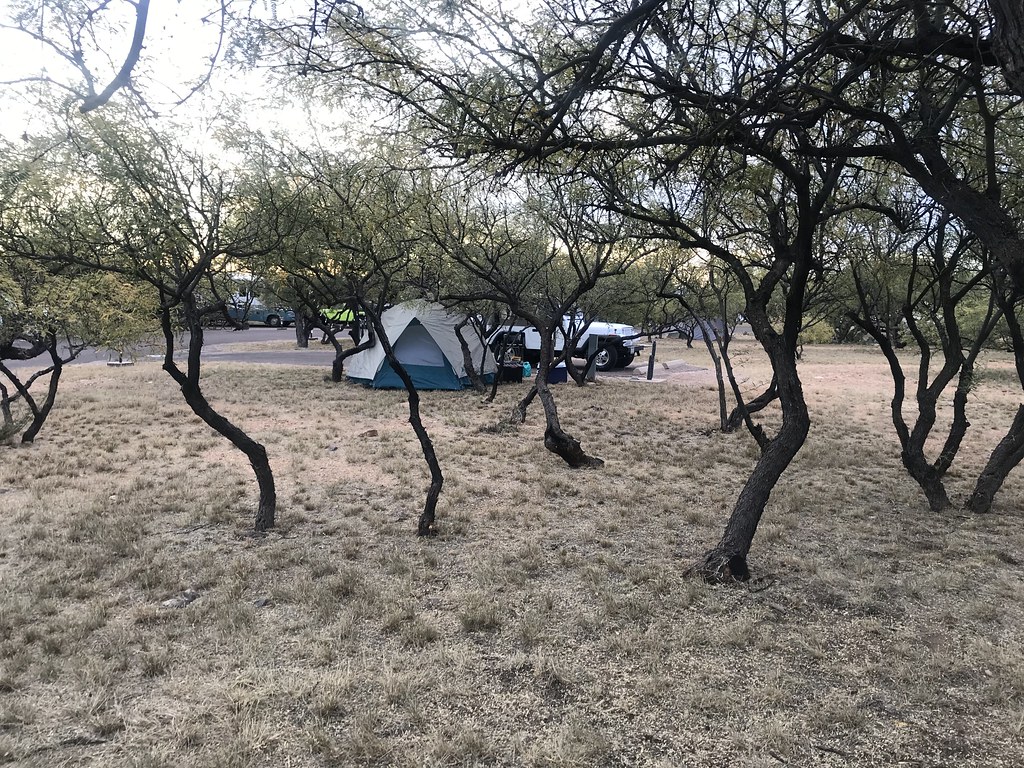
Kartchner Caverns State Park includes all of the amenities to make for a pleasant visit. Near the Discovery Center, shaded ramadas and attractive outdoor dining areas present pleasant getaways from the hustle and bustle of tours and hikes. Clean restrooms, accessible telephones, vending machines, and roomy lockers add the finishing touches to all your needs.
For more information and tour schedules, visit the Kartchner Caverns and the Kartchner Caverns State Park websites.
History of Kartchner Caverns
In November 1974, Gary Tenen and Randy Tufts were exploring the limestone hills at the eastern base of the Whetstone Mountains. They were looking “for a cave no one had ever found” and found it. The two kept the cave a secret until February 1978 when they told the property owners, James and Lois Kartchner, about their awesome discovery. Since unprotected caves can be seriously damaged by unregulated use, they knew the cave had to be protected. Tenen and Tufts spent several years looking into the possibility of developing the cave themselves. Some members of the Kartchner family lived in Tucson and were very impressed with the development and operation of Catalina State Park by Arizona State Parks. They decided to approach State Parks to see if the agency was interested in acquiring this outstanding resource.
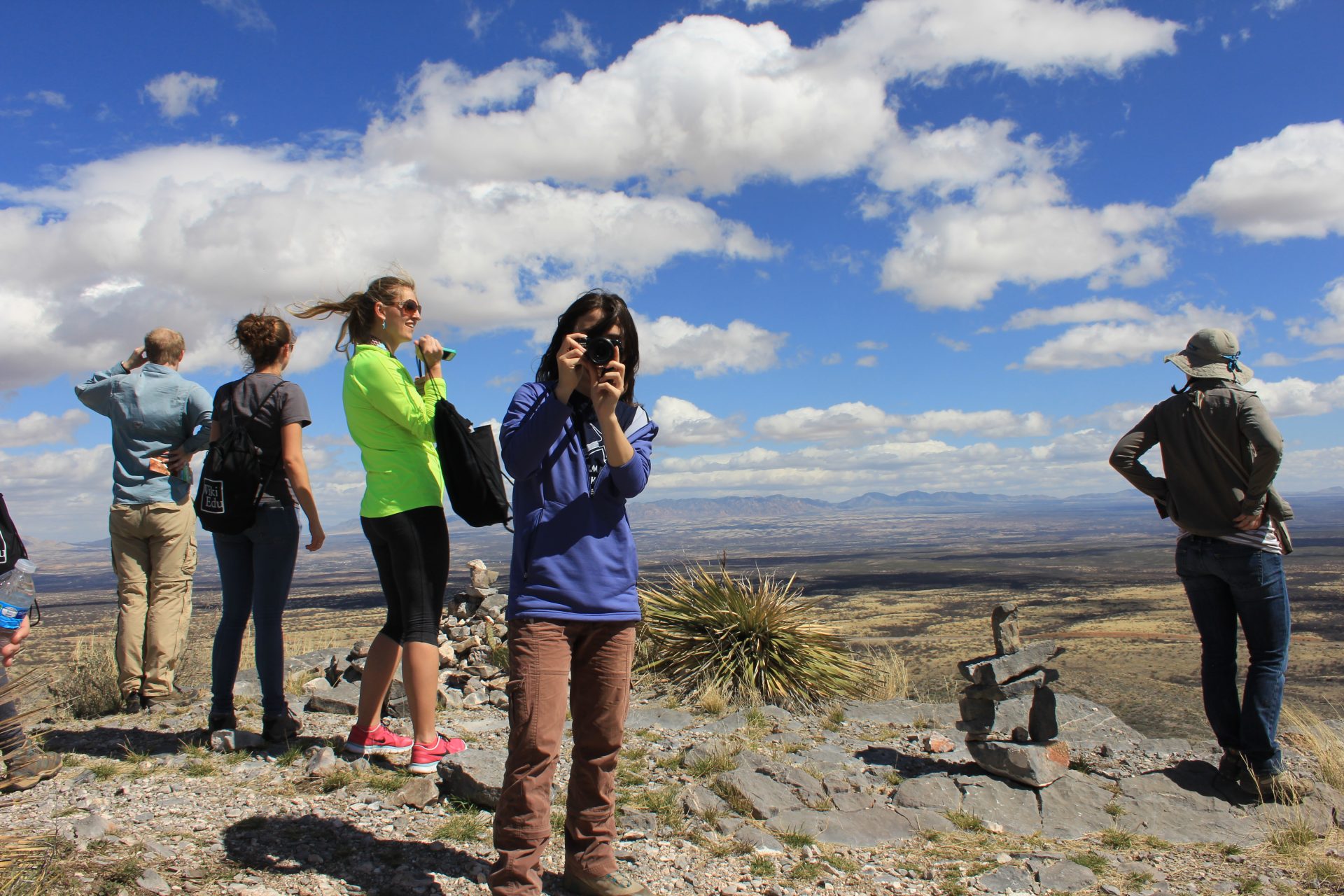
Late in 1984, Randy Tufts came to the Arizona State Parks office in Phoenix for a meeting with Charles R. Eatherly, Special Projects Coordinator for the Arizona State Parks Board. Eatherly was working with citizen committees around the State to identify sites to be considered for future acquisition as State Parks. Tufts told Eatherly “as you are working on potential Park sites, I understand you are the one who can tell me how a site becomes a State Park.” Tufts asked if he could close the door. After the door was closed, Eatherly asked, “What kind of a resource are we talking about?” Tufts responded, “I cannot tell you.” Eatherly then questioned where the resource was located. Tufts again responded, “I cannot tell you.” At this point Eatherly said, “I am not sure if I’ll be able to tell you whether or not State Parks is interested or able to acquire this resource as a Park but I can tell you the necessary steps.”
The discussion continued on the various processes the State is required to follow in the acquisition of property for a Park from gathering the information to the legislative process and everything in between. Tufts was advised that acquiring a site and creating a State Park was a lengthy process and could take from two to five years with no guarantee of success, and each step of the process would be open to the public.
Tufts insisted that Eatherly had to see the site. A meeting date was set for January 1985. Eatherly met with Tufts and Tenen at the San Pedro Motel in Benson. Eatherly was asked to sign an oath to guarantee secrecy. He advised the discoverers that as a State employee, he could not sign such a document.
Shortly after dark, they met outside the motel room. It was a clear, cold evening with a dark sky filled with stars. Before they got into the car Eatherly was blindfolded. With the blindfold in place, the car was driven around town in various directions, and then out to the highway. After a period of time, the car was driven off the paved roadway, through a gate that had to be unlocked, and then over a stretch of very rough road. Soon the car stopped and the blindfold was removed. Introductions were made to members of the Kartchner family. The first clue of what was in store came when Tufts said, “What we are going to see is a living cave with rooms filled with beautiful formations.”
With flashlights in hand, the group walked across a flat area, down through a dry wash, and up a rather steep hillside to the edge of a large sinkhole. (Sinkholes are natural depressions occurring in limestone regions and are usually formed by a collapse of a cavern roof.) The group dropped over the sinkhole side about ten feet to the bottom and waited for Tufts and Tenen to pull back some rubble from the entrance. Everyone crawled through the small hole and slowly descended down through small chambers and several tight holes towards the Blowhole. (A Blowhole is a vent that permits the escape of air or other gas.) Before entering the Blowhole, the group sat and talked about what was ahead.
After the group had crawled some distance in the Blowhole, Eatherly found he could not move. The space was too small for him to squeeze through. After a short while he managed to get free and back out of this small area into a space where he could sit up. The group decided it would be better to return to the motel.
Everyone returned to the motel and spent the rest of the evening talking about the cave and looking at pictures and slides of the cave’s beautiful, colored formations. Tufts and Tenen again requested that Eatherly sign a pledge of secrecy. Eatherly said he could not sign the document but he would only talk to State Parks staff.
Tufts said Dr. Ed McCullough from the University of Arizona was going to be given a tour of the cave the next day. At this point, Eatherly requested that Tufts and Tenen give a slide presentation to State Parks staff in Phoenix. They agreed to give the presentation and discuss with staff the pressing need for secrecy to protect this outstanding resource.
Upon Eatherly’s return to the State Parks office, he informed Director Mike Ramnes and Deputy Director Roland Sharer of this outstanding potential State Park. He scheduled a meeting with ASP staff for February 6, 1985, to see the slide presentation of the cave Tufts and Tenen called “Xanadu”. ASP staff attending the slide presentation included Mike Ramnes, Roland Sharer, Mike Pastika, Tim Brand, Jim Neidigh, Tanna Thornburg, Paul Malmberg, John Schreiber and Charles Eatherly. Everyone was very excited about the possibility of acquiring this cave for a new State Park. The major concern of staff was getting the necessary appropriation to make the purchase and being able to complete the necessary developments. State Parks staff decided to refer to the cave as Secret Cave. Tufts and Tenen agreed to send the agency a copy of the slide presentation and other cave information to pursue acquisition by the State.
Director Ramnes brought this outstanding resource to the attention of Governor Bruce Babbitt. Shortly after learning about Secret Cave, the Governor, who has a degree in geology, was taken on a tour through the cave by Tufts and Tenen. At the time State finances were very limited. Staff worked with Governor Babbitt on the potential of a State land exchange as one possibility. Governor Babbitt also brought in The Nature Conservancy to assist with acquiring this wonderful resource for the State. Staff continued to pursue various options for the acquisition of the cave but it did not prove feasible at the time.
Ken Travous became the Arizona State Parks Executive Director in 1987 and was very interested in Secret Cave. He set a high priority on the acquisition. Babbitt left office in 1987 and the cave lost one of its strongest positive supporters. Director Travous asked the staff, “What do you think of using our revenue from Park fees to purchase the cave?” After receiving strong support for this idea, Travous initiated discussions with legislators and determined this would be an acceptable approach for funding the acquisition of the property. This approach would not require an appropriation from the General Fund. Special legislation was required to authorize the acquisition and the use of a Certificate of Participation (COP) as the means to acquire the property. By utilizing this approach, State Parks could acquire the property and make monthly payments to pay off the acquisition costs. State Parks hired two appraisers, Sanders K. Solot and Associates for the ranch land and H.C. Cannon for the Cave, and worked in partnership with The Nature Conservancy to acquire and protect this natural resource.
In January 1988, Eatherly was serving as legislative liaison for Arizona State Parks and assisted Travous in working with legislators to determine the most feasible approach to having the necessary legislation passed. At the time, Joe Lane was Speaker of the House and the cave was located within his district. It was very fortunate that John Hays was serving as Chairman of the Senate Natural Resources Committee as he had toured the cave with Governor Babbitt back in 1985. Representative Larry Hawk, Chairman of the House Natural Resources Committee, assisted the agency in getting a bill passed through the House before the beginning of the impeachment of Governor Evan Mecham. The bill provided the authority for State Parks to acquire the property and established the State Park Acquisition and Development Fund where all park fees and concession revenues would be deposited. From these deposits, the monthly payments would be made to cover the Certificate of Participation (COP), and the remaining funds would be used to pay for the Park developments.
The agency managed to keep the location and identity of the cave a secret, per the wishes of the Kartchner family and the discoverers, except for those people who had to know. To assist in showing the Legislature what the potential State Park resource was, the staff requested and received assistance from Delbert Lewis, owner, of Channel 3 TV. Lewis had previously been involved with State Parks in the development of McFarland State Historic Park, as Governor McFarland was his father-in-law. Lewis agreed to send his staff to photograph the cave and prepare a video presentation for the agency.
Steve Bodinet, Channel 3 TV special reporter, went into the cave with Parks Director Travous to do the photography. Bodinet narrated, and with other Channel 3 staff, produced an outstanding video of the cave for State Parks. This video presentation was used in closed caucus meetings in both the House and Senate to show the resource proposed for acquisition. Having the caucus meetings closed to the public helped ensure the information about the cave and its location were kept confidential.
Because 1988 was the year of Governor Evan Mecham’s impeachment, the legislators were pleased to have a positive bill to take action on. To ensure passage of the State Parks’ bill that authorized the acquisition of the cave property, the Senate and House met in session at the same time. As soon as one body completed its work on the amended bill, the other body would finalize its actions. This was accomplished in one afternoon and the bill was sent to Governor Rose Mofford’s office for signature. This bill might hold the record for the shortest time taken for any bill to pass through the legislature and be signed into law.
On April 27, 1988, the Kartchner family, Randy Tufts, and Gary Tenen were introduced in both the Senate and House. They all joined Arizona State Parks Board members and staff that afternoon in the Governor’s office to witness the signing of the bill by Governor Rose Mofford.
State Parks leased the property on April 29, 1988, and acquired the Option to Purchase from The Nature Conservancy in July 1988. The acquisition of the Kartchner property was finalized on September 16, 1988. Jeff Dexter was selected as the first Park Manager.
Overcoming more than 10 years of unforeseen challenges in research, planning, construction, legislative threats, mining concerns, and legal issues, the upper caverns were ready to open to the public. The developments to this point had cost over $28 million. The Conservation Celebration of Kartchner Caverns State Park was held on November 5, 1999. The ribbon cutting initiated the Celebration with Governor Jane D. Hull, legislators, past and present Parks Board members, Joe Lane, Assistant to the Governor, Ken Travous, Executive Director, and members of the Kartchner family. The lower caverns opened to the public four years later on November 11, 2003. Governor, Janet Napolitano, did the honors at this celebration.
Visiting Kartchner Caverns: What you need to know
If you’re planning a trip to Arizona, visiting Kartchner Caverns should be on your list of must-see places. To get the most out of your visit, here’s what you need to know before you go.
Kartchner Caverns is a living cave, meaning it’s still growing and changing. To protect the cave, there are strict rules in place when visiting. You’ll need to leave all food, drinks, gum, and even backpacks in the lockers provided before entering the cave. This is to prevent any accidental damage to the delicate ecosystem inside.
There are two main tours available: the Rotunda/Throne Room Tour and the Big Room Tour. The Rotunda/Throne Room Tour is a 1.5-hour tour that takes you through the first half-mile of the caverns, including the famous “Kubla Khan” stalactite formation. The Big Room Tour is a longer, 2.5-hour tour that covers the entire mile-long cave system, including the largest and most impressive room in the cave, appropriately named the “Big Room.”
Tickets for the tours can be purchased online in advance, and it’s recommended to do so as tours often sell out quickly, especially during peak season. The temperature inside the cave is a constant 68°F (20°C) year-round, so it’s important to dress appropriately and wear comfortable shoes.
